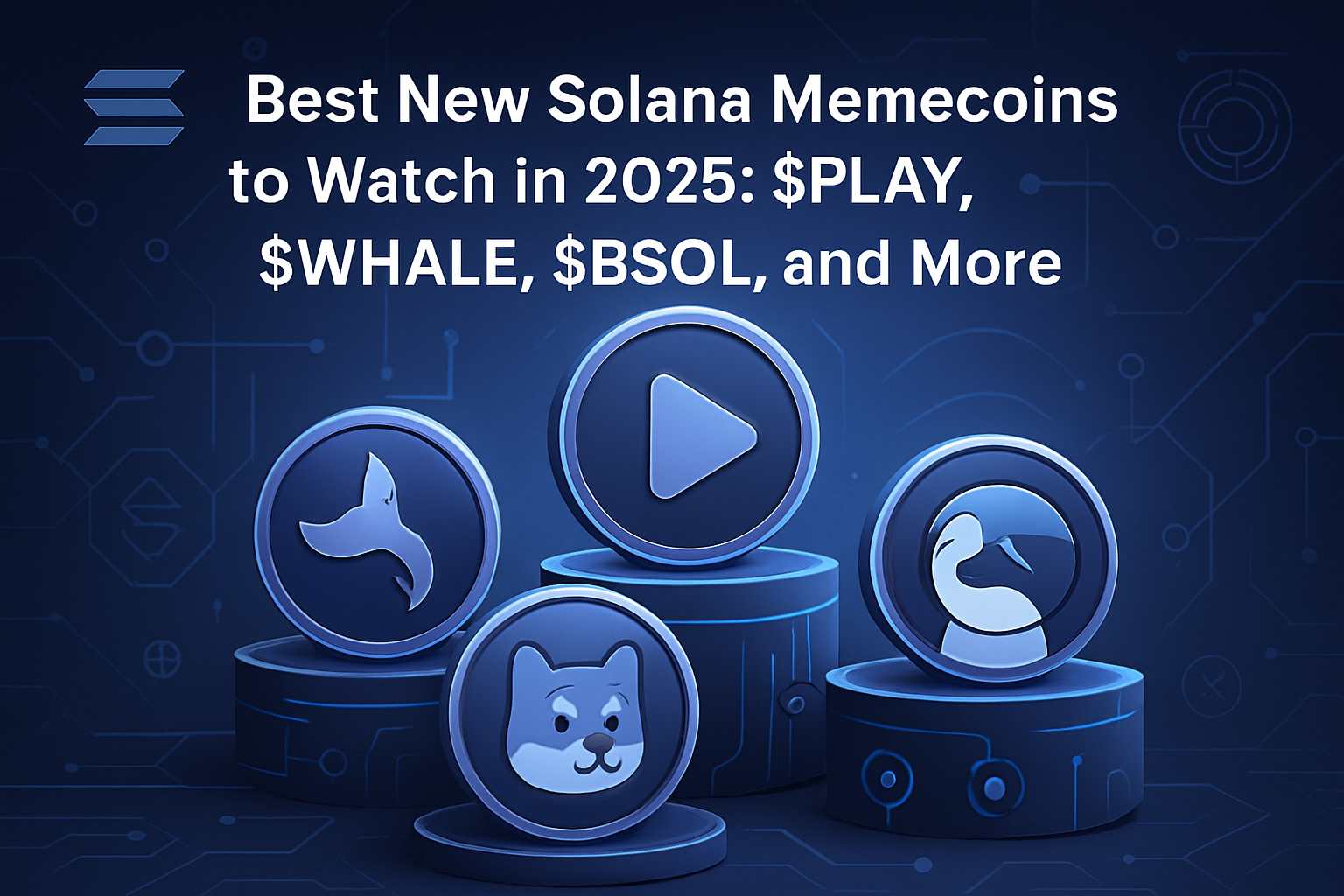How Solana Is Revolutionizing Tokenized Stocks: Visual Insights and Market Impact (2025)
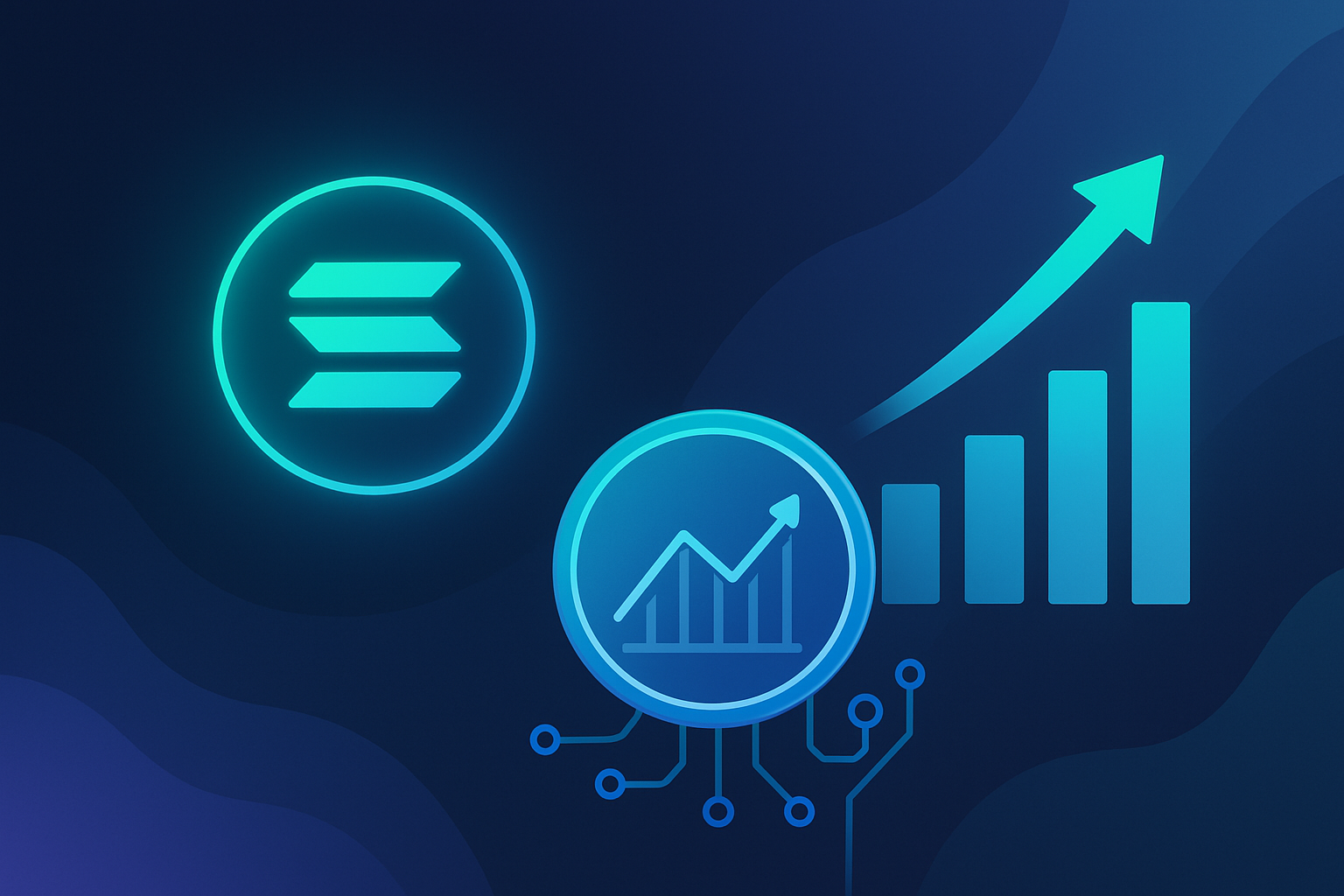
Solana is not just keeping pace with the tokenized stock revolution – it’s setting the tempo. As of July 2025, Solana is enabling direct, onchain access to U. S. equities and private market shares through a rapidly expanding suite of products. This isn’t just about technical innovation; it’s a fundamental shift in how global investors can participate in traditional markets, bypassing old barriers like geography, banking infrastructure, and legacy trading hours.
Solana Tokenized Stocks: Breaking Down Walls
The days when you needed a Wall Street broker or a U. S. bank account to own Apple or Tesla are fading fast. Platforms like Republic’s Mirror Tokens are now live on Solana, giving retail investors fractional exposure to previously exclusive private companies such as SpaceX and Anthropic. Step Finance’s acquisition of Moose Capital has turbocharged the trading of onchain equities like Nvidia and Tesla – all with Solana’s signature low fees and lightning-fast settlements.
Meanwhile, major exchanges Kraken and Bybit have rolled out xStocks as SPL tokens on Solana. These represent over 60 blue-chip U. S. stocks and ETFs, tradable 24/7 through DeFi protocols or directly from your wallet. Nasdaq-listed Upexi is also making headlines by tokenizing its SEC-registered shares on Solana via Opening Bell, signaling that even publicly traded companies see blockchain equity as the next frontier.

Market Data: The Numbers Behind the Hype
Let’s ground this discussion in hard numbers. As of July 4,2025, Binance-Peg SOL (SOL) is priced at $150.88, reflecting recent volatility but underscoring Solana’s resilience as a financial backbone for tokenized assets. Despite a 9% dip in weekly DEX volume – bringing the 30-day cumulative to $62 billion according to DeFiLlama – Solana’s decentralized exchange ecosystem has hit record-breaking heights this year with $806.8 billion in total DEX volume, up an astonishing 400% from last year.
This surge isn’t just about speculation; it reflects real adoption by traders seeking exposure to both crypto-native assets and traditional equities via tokenization.
Visual Insights: How Tokenized Stocks Are Reshaping Access
The core value proposition here is accessibility. Tokenized stocks on Solana are lowering entry thresholds for global investors:
- No broker required: Buy fractions of Apple or Tesla using USDC or SOL directly from your wallet.
- 24/7 trading: No more waiting for Wall Street to open – trade anytime across time zones.
- Fractional ownership: Own $10 worth of Nvidia instead of committing to full shares.
- Tighter liquidity spreads: More participants mean deeper order books and better execution for both small and large trades.
If you want a deeper dive into how these mechanisms work under the hood – from SPL token issuance to regulatory frameworks – check out this detailed breakdown.
Pushing the Financial Ecosystem Forward
This isn’t just incremental progress; it’s a generational leap for capital markets infrastructure. With projects like Backed Finance launching xStocks (over 60 equities now live) and regulatory milestones like the debut of REX Shares/Osprey Funds’ spot ETF (ticker SSK), Solana is proving its mettle not only as a crypto network but as an institutional-grade financial platform ready for trillions in future volume.
What’s different about Solana’s approach is its relentless focus on composability and open access. By leveraging the SPL token standard, every tokenized stock becomes a building block for broader DeFi applications. Users can lend, borrow, or even stake tokenized equities as collateral for onchain loans, an evolution that simply isn’t possible with legacy brokerage accounts. This creates an entirely new layer of capital efficiency and financial engineering within the Solana ecosystem.
Key Benefits of Trading Tokenized Stocks on Solana (2025)
-
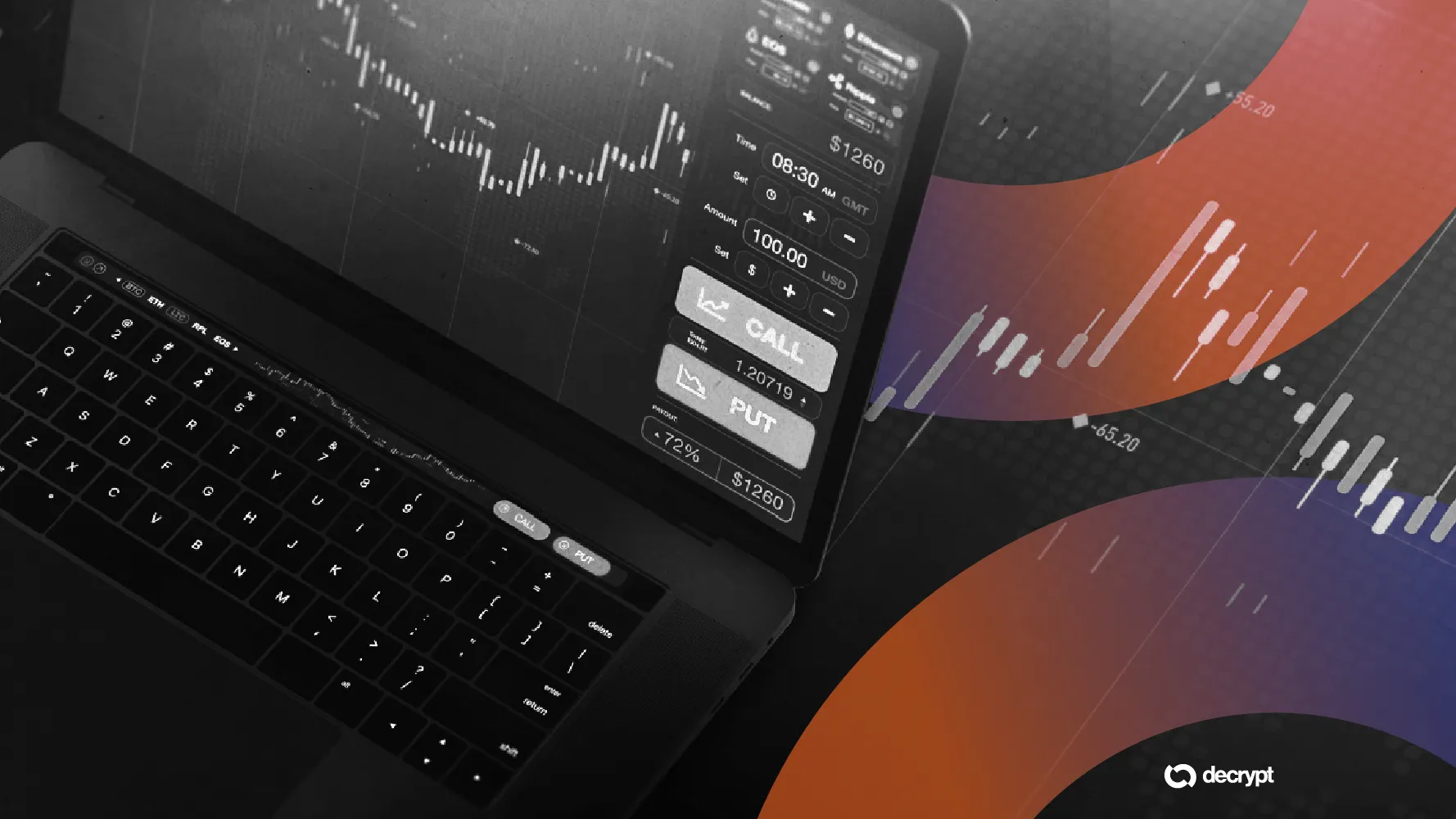
24/7 Trading Access: Solana enables round-the-clock trading of tokenized stocks, unlike traditional markets limited to specific hours. This continuous access increases flexibility for global investors.
-
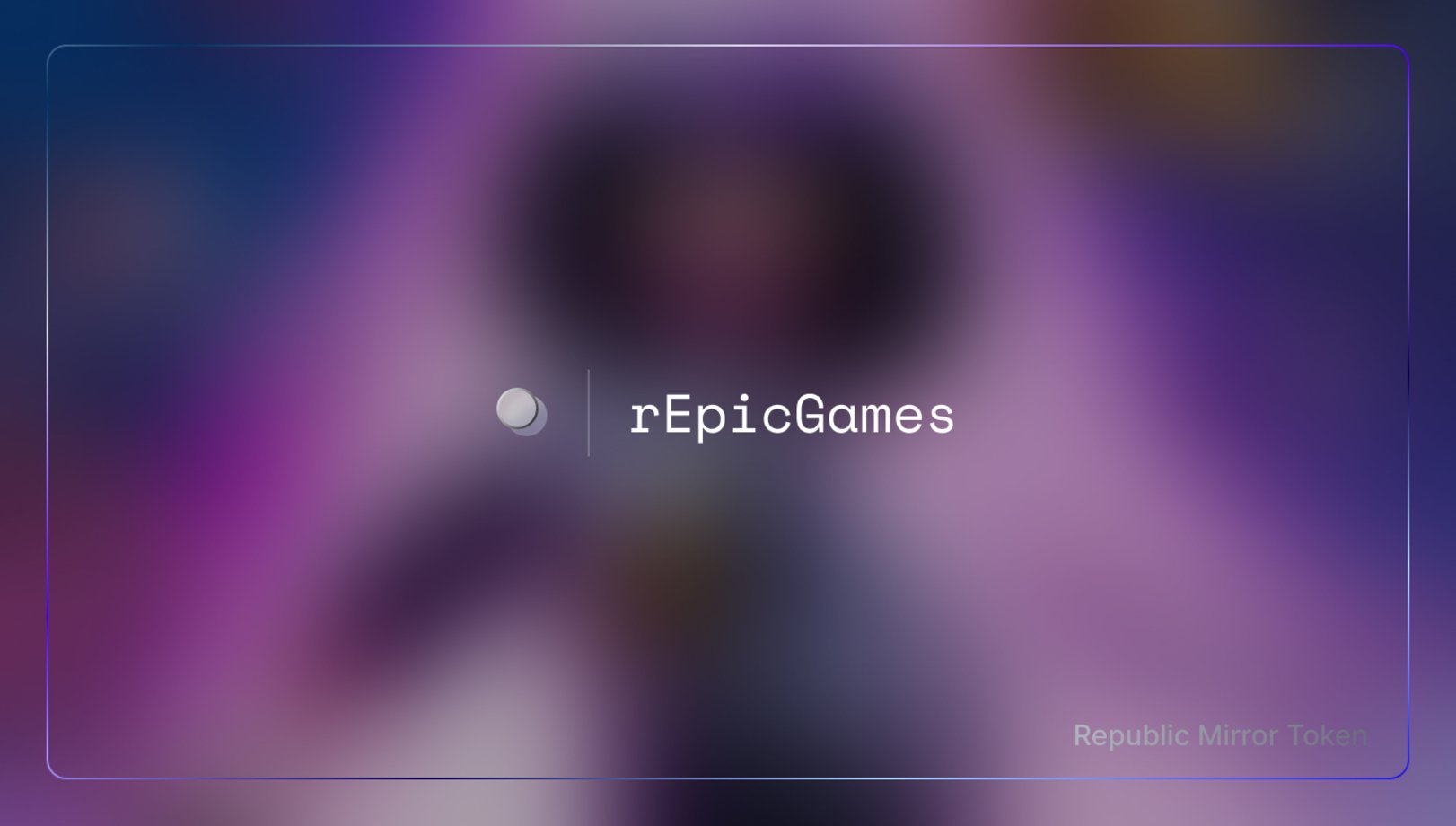
Fractional Ownership & Accessibility: Platforms like Republic’s Mirror Tokens allow investors to buy fractions of high-value stocks and private shares (e.g., SpaceX, Anthropic), breaking down financial barriers and democratizing equity markets.
-
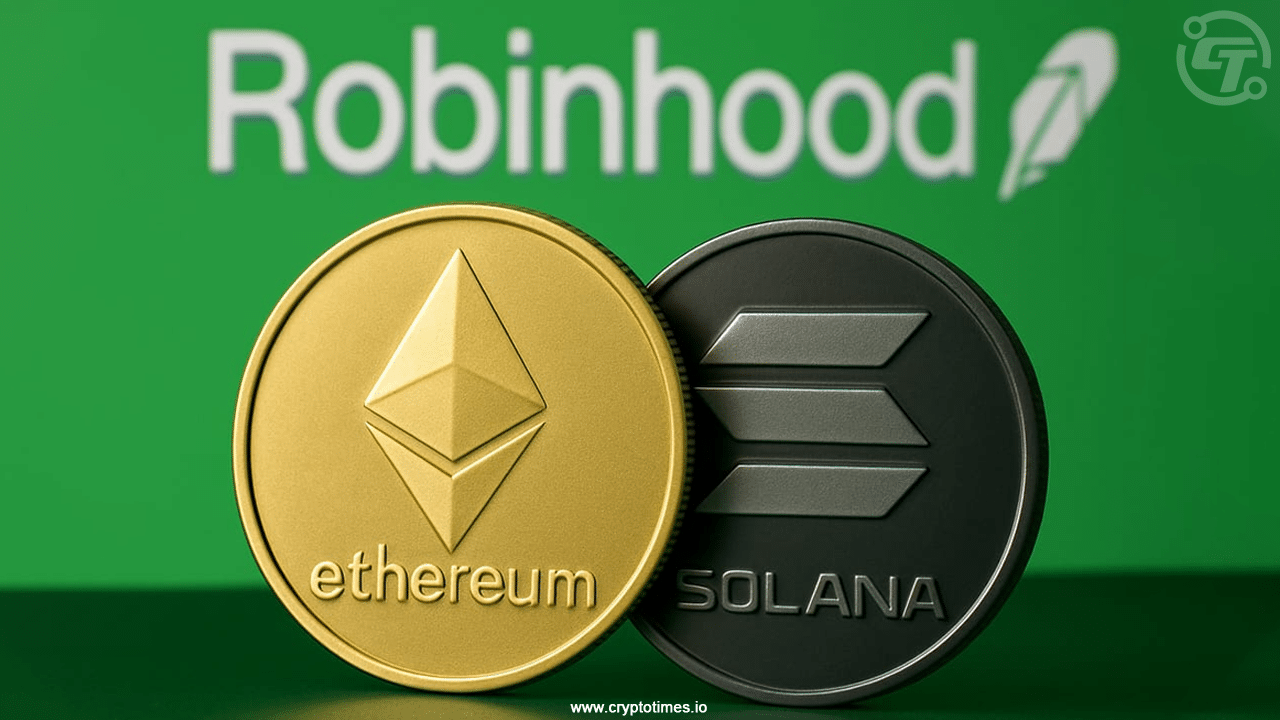
Low Fees & Fast Settlement: Solana’s high throughput and low transaction costs make trading tokenized stocks more cost-effective and efficient compared to legacy systems.
-
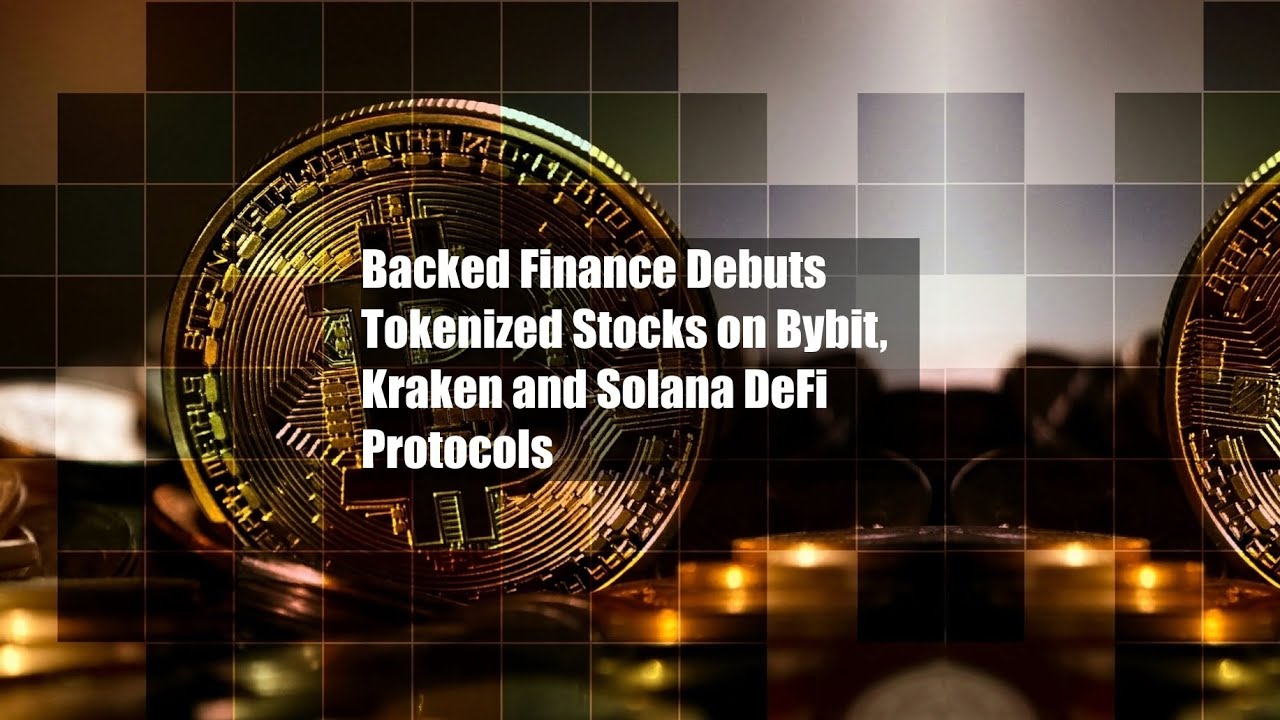
Integration With DeFi Ecosystem: Tokenized stocks issued as SPL tokens (e.g., via Kraken, Bybit xStocks) can be used in decentralized finance protocols for lending, borrowing, and yield strategies, expanding investor opportunities.
-
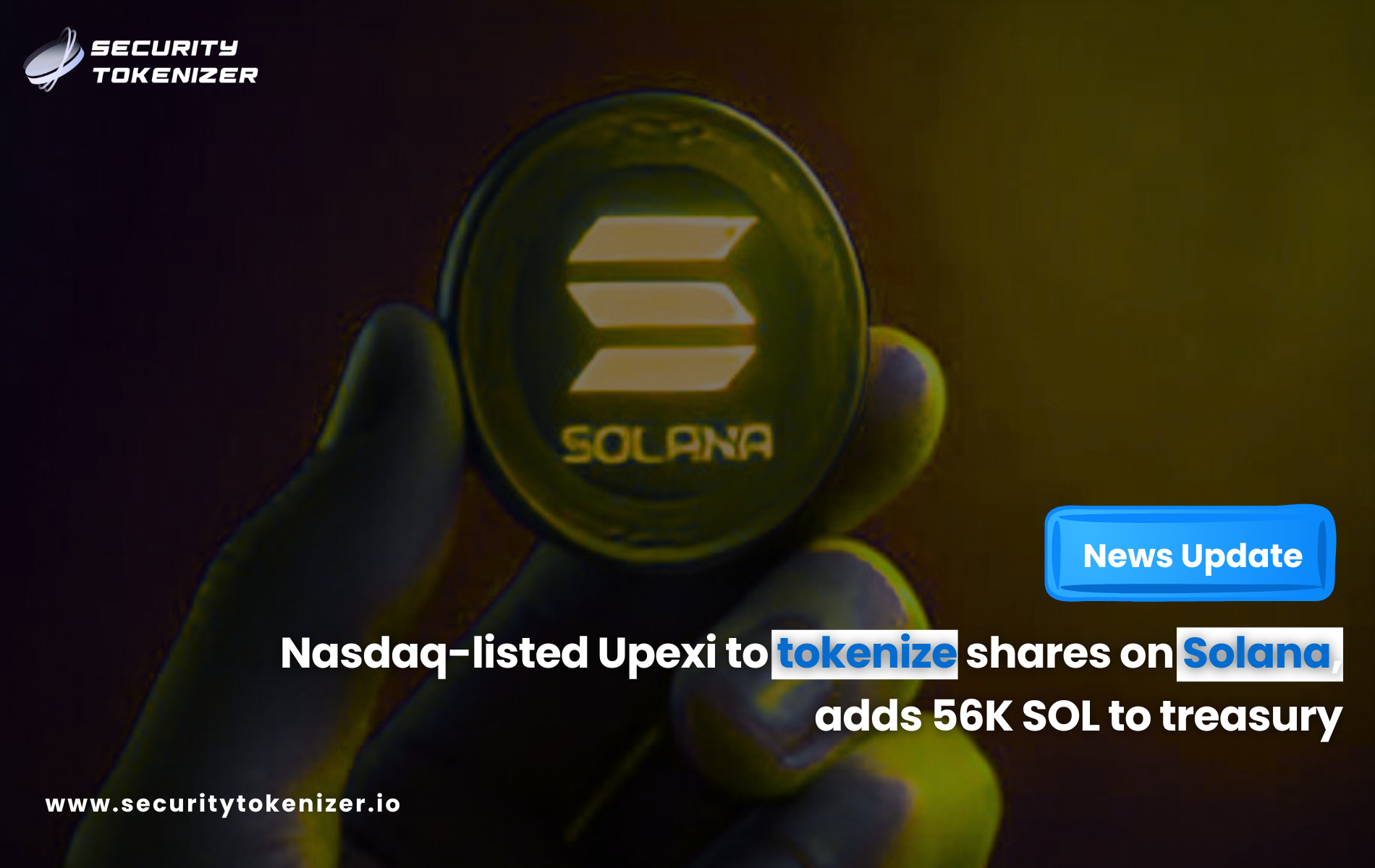
Global Market Participation: Investors worldwide can access U.S. equities like Apple, Tesla, Nvidia without traditional brokerage accounts, thanks to platforms such as Step Finance and Upexi’s Opening Bell initiative.
-
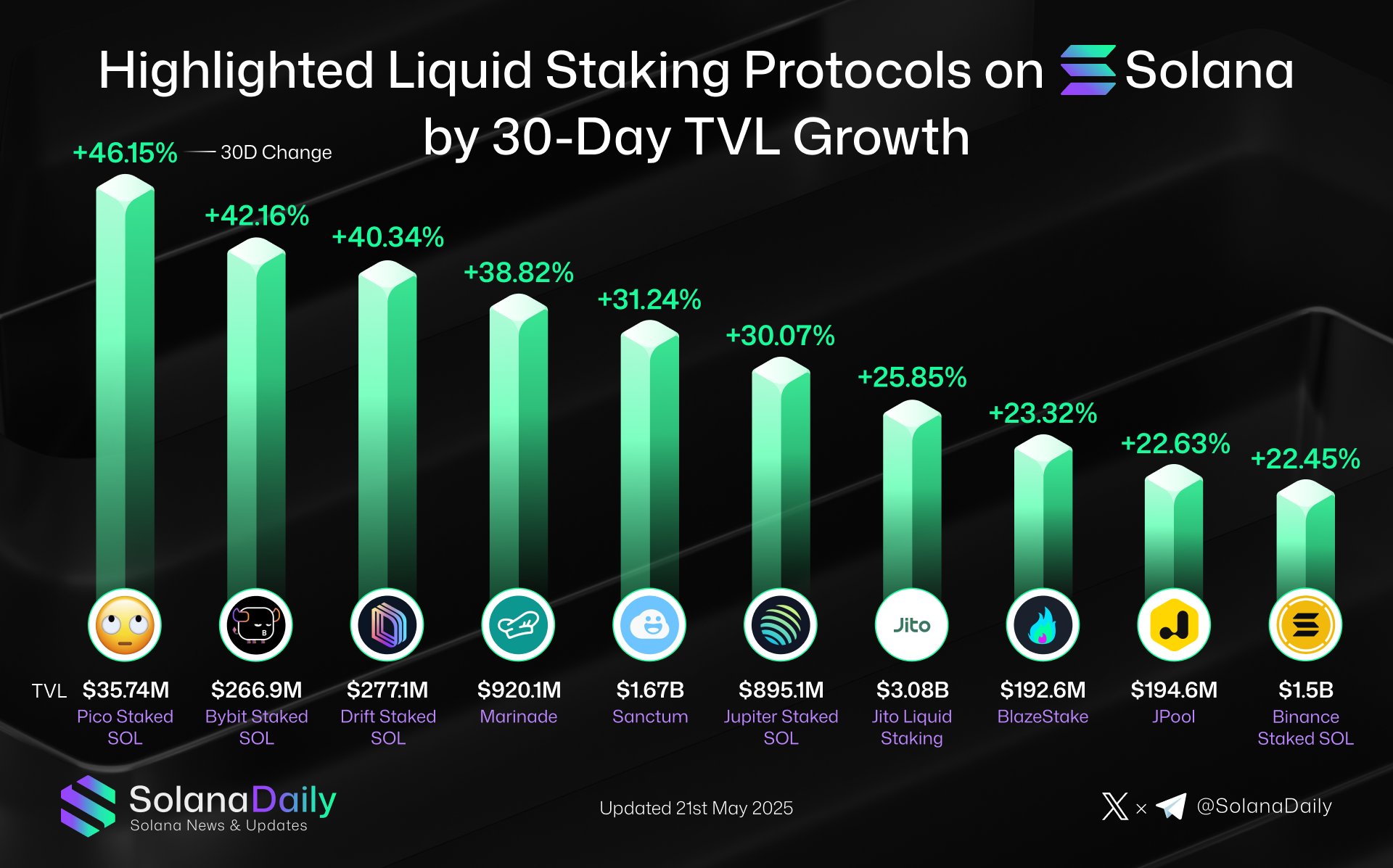
Enhanced Liquidity: Fractionalization and blockchain-based trading on Solana boost liquidity, making it easier to enter or exit positions in tokenized stocks at any time.
-

Regulatory Progress & Institutional Adoption: The launch of REX Shares and Osprey Funds’ Solana spot ETF (SSK) and Upexi’s SEC-registered share tokenization reflect growing regulatory acceptance and institutional interest.
Beyond retail participation, institutional players are now watching closely. The successful launch of the REX Shares/Osprey Funds’ spot ETF (SSK) on July 2,2025 is a clear signal that regulatory frameworks are maturing to accommodate blockchain-native equities. As legal clarity improves, expect more blue-chip companies to follow Upexi’s lead in bringing their shares onchain, potentially unlocking trillions in untapped liquidity.
Risks and Pragmatic Realities
Of course, this rapid evolution isn’t without challenges. Regulatory uncertainty remains a hurdle, especially for U. S. -based investors who must navigate both securities law and evolving crypto guidance. Liquidity fragmentation between centralized exchanges and DeFi venues can also create short-term inefficiencies. However, Solana’s high throughput and low transaction costs make it uniquely positioned to bridge these gaps faster than competitors.
Pro tip: Always verify the underlying issuer and custodial arrangements when buying tokenized stocks, especially if you’re accessing them via DeFi protocols rather than regulated exchanges.
It’s also important to watch how macro market events impact these new instruments. As we’ve seen with the recent dip in weekly DEX volumes (now at $62 billion over 30 days), volatility remains a constant companion in both crypto and traditional markets. However, the sheer scale of adoption provides $806.8 billion in annual DEX volume, suggests that short-term swings are outweighed by long-term structural growth.
The Road Ahead: What Comes Next?
The next phase will likely see deeper integration between tokenized stocks and the broader Solana financial ecosystem. Expect more innovative products like micro futures, staking ETFs, and cross-chain bridges enabling seamless movement of assets between blockchains and traditional rails. With SOL priced at $150.88, the network has proven its staying power as both a speculative asset and an infrastructure backbone for global finance.
If you’re considering entering this space as either an investor or builder, now is the time to start experimenting with small positions or sandbox projects. The infrastructure is robust enough for real usage but still early enough that first movers can capture significant upside as adoption accelerates.
The bottom line: Solana has transformed from a fast L1 into a full-fledged capital markets engine. Tokenized stocks aren’t just another crypto trend, they’re a foundational shift toward open access finance that could define investing for the next decade. Whether you’re looking for exposure to U. S. equities without borders or want to build new financial products atop programmable assets, Solana is where theory meets practice, and where traditional finance finally meets Web3 reality.

